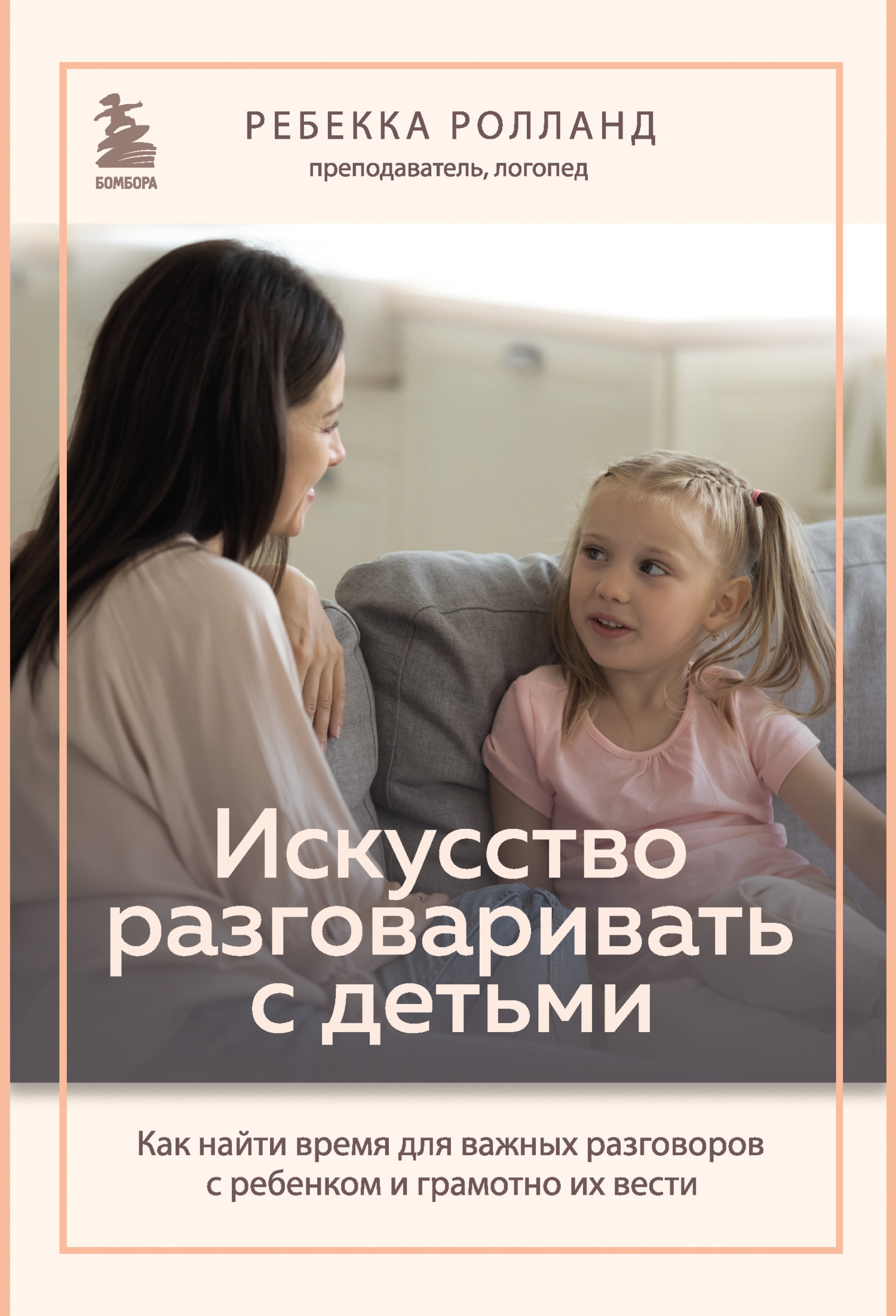https://doi.org/10.1037/0022-0663.93.2.243.
Wass, Rob, and Clinton Golding. “Sharpening a Tool for Teaching: The Zone of Proximal Development.” Teaching in Higher Education 19, no. 6 (2014): 671—84. https://doi.org/10.1080/13562517.2014.901958.
Weisberg, Deena Skolnick, Kathy Hirsh-Pasek, and Roberta Michnick Golinkoff. “Guided Play: Where Curricular Goals Meet a Playful Pedagogy.” Mind, Brain, and Education 7, no. 2 (2013): 104—12. https://doi.org/10.1111/mbe.12015.
Weisberg, Deena Skolnick, Kathy Hirsh-Pasek, Roberta Michnick Golinkoff, Audrey K. Kittredge, and David Klahr. “Guided Play: Principles and Practices.” Current Directions in Psychological Science 25, no. 3 (2016): 177—82. https://doi.org/10.1177/0963721416645512.
Weissbourd, Richard. The Parents We Mean to Be: How Well-Intentioned Adults Undermine Children’s Moral and Emotional Development. Boston: Houghton Mifflin Harcourt, 2009.
Weissbourd, Richard, and Rebecca Givens Rolland. “Learning about Love: How Schools Can Better Prepare Students for Romantic Relationships.” Harvard Education Letter 29, no. 2 (March/April 2013). https://www.hepg.org/hel-home/issues/29_2/helarticle/learning-about-love.
Wentzel, Kathryn R., Carolyn McNamara Barry, and Kathryn A. Caldwell. “Friendships in Middle School: Influences on Motivation and School Adjustment.” Journal of Educational Psychology 96, no. 2 (2004): 195–203. https://doi.org/10.1037/0022-0663.96.2.195.
Westheimer, Joel, and Joseph Kahne. “What Kind of Citizen? The Politics of Educating for Democracy.” American Educational Research Journal 41, no. 2 (2004): 237—69. https://doi.org/10.3102/00028312041002237.
“What Is Mindsight? An Interview with Dr. Dan Siegel.” PsychAlive, September 15, 2017. https://www.psychalive.org/what-is-mindsight-an-interview-with-dr-dan-siegel/.
“Why Kids Become Bullies.” Yale Medicine, February 28, 2017. https://www.yalemedicine.org/stories/understanding-bullying/.
Whyte, David. “10 Questions That Have No Right to Go Away.” Oprah.com, June 15, 2011. https://www.oprah.com/oprahs-lifeclass/poet-david-whytes-questions-that-have-no-right-to-go-away1.
Williams, Amanda, Kelly O’Driscoll, and Chris Moore. “The Influence of Empathic Concern on Prosocial Behavior in Children.” Frontiers in Psychology 5 (December 2014). https://doi.org/10.3389/fpsyg.2014.00425.
Wingfield, Adia Harvey. “Color Blindness Is Counterproductive.” The Atlantic, September 13, 2015. https://www.theatlantic.com/politics/archive/2015/09/color-blindness-is-counterproductive/405037/.
Winner, Michelle Garcia, and Pamela J. Crooke. “Social Communication Strategies for Adolescents with Autism.” The ASHA Leader 16, no. 1 (2011): 8—11. https://doi.org/10.1044/leader.ftr1.16012011.8.
Winnicott, Donald W. “Communication between Infant and Mother, and Mother and Infant, Compared and Contrasted.” In The Collected Works of D. W. Winnicott. Edited by Lesley Caldwell and Helen Taylor Robinson, 227—38. Oxford: Univ. Press, 2016. https://doi.org/10.1093/med: psych/9780190271404.003.0040.
Winthrop, Rebecca. “How Playful Learning Can Help Leapfrog Progress in Education.” Brookings, April 2, 2019. https://www.brookings.edu/research/how-playful-learning-can-help-leapfrog-progress-in-education/.
Wolf, Maryanne. Reader, Come Home: The Reading Brain in a Digital World. New York: Harper, 2019.
Wright, Marguerite A. I’m Chocolate, You’re Vanilla: Raising Healthy Black and Biracial Children in a Race-Conscious World. San Francisco: Jossey-Bass, 2000.
Wright, Michelle F., Sebastian Wachs, and Zheng Huang. “Adolescents’ Popularity-Motivated Aggression and Prosocial Behaviors: The Roles of Callous-Unemotional Traits and Social Status Insecurity.” Frontiers in Psychology 12 (2021). https://doi.org/10.3389/fpsyg.2021.606865.
Wulansari, Ossy Dwi, Johanna Pirker, Johannes Kopf, and Christian Guetl. “Video Games and Their Correlation to Empathy.” Advances in Intelligent Systems and Computing, 2020, 151—63. https://doi.org/10.1007/978-3-030-40274-7_16.
Xi, Jiao, and James P. Lantolf. “Scaffolding and the Zone of Proximal Development: A Problematic Relationship.” Journal for the Theory of Social Behaviour 51, no. 1 (2020): 25–48. https://doi.org/10.1111/jtsb.12260.
The Yale Center for Dyslexia & Creativity (website). Accessed May 29, 2021. https://dyslexia.yale.edu/.
Yaratan, Huseyin, and Rusen Yucesoylu. “Self-Esteem, Self-Concept, Self-Talk and Significant Others’ Statements in Fifth Grade Students: Differences According to Gender and School Type.” Procedia – Social and Behavioral Sciences 2, no. 2 (2010): 3506—18. https://doi.org/10.1016/j.sbspro.2010.03.543.
Ybarra, Oscar, Piotr Winkielman, Irene Yeh, Eugene Burnstein, and Liam Kavanagh. “Friends (and Sometimes Enemies) With Cognitive Benefits.” Social Psychological and Personality Science 2, no. 3 (2010): 253—61. https://doi.org/10.1177/1948550610386808.
Yeager, David S., and Gregory M. Walton. “Social-Psychological Interventions in Education: They’re Not Magic.” Review of Educational Research 81, no. 2 (June 1, 2011): 267–301. https://doi.org/10.3102/0034654311405999.
Yee, Mia, and Rupert Brown. “The Development of Gender Differentiation in Young Children.” British Journal of Social Psychology 33, no. 2 (1994): 183—96. https://doi.org/10.1111/j.2044–8309.1994.tb01017.x.
Yirmiya, Karen, Shai Motsan, Orna Zagoory-Sharon, and Ruth Feldman. “Human Attachment Triggers Different Social Buffering Mechanisms under High and Low Early Life Stress Rearing.” International Journal of Psychophysiology 152 (2020): 72–80. https://doi.org/10.1016/j.ijpsycho.2020.04.001.
Yow, W. Quin, Ferninda Patrycia, and Suzanne Flynn. “Code-Switching in Childhood.” In Bilingualism across the Lifespan: Factors Moderating Language Proficiency. Edited by Elena Nicoladis and Simona Montanari, 81—100.
Washington, DC: American Psychological Association, 2016. https://doi.org/10.1037/14939-006.
Yuill, Nicola, and Alex F. Martin. “Curling Up with a Good E-Book: Mother-Child Shared Story Reading on Screen or Paper Affects Embodied Interaction and Warmth.” Frontiers in Psychology 7 (2016). https://doi.org/10.3389/fpsyg.2016.01951.
Zahn-Waxler, Carolyn, Marian Radke-Yarrow, Elizabeth Wagner, and Michael Chapman. “Development of Concern for Others.” Developmental Psychology 28, no. 1 (1992): 126—36. https://doi.org/10.1037/0012-1649.28.1.126.
Zebrowitz, Leslie A., Benjamin White, and Kristin Wieneke. “Mere Exposure and Racial Prejudice: Exposure to Other-Race Faces Increases Liking for Strangers of That Race.” Social Cognition 26, no. 3 (2008): 259—75. https://doi.org/10.1521/soco.2008.26.3.259.
Zelizer, Viviana A. Pricing the Priceless Child: The Changing Social Value of Children. New York: Basic Books, 1985.
“Zone of Proximal Development.” In Encyclopedia of Evolutionary Psychological Science. Edited by Todd K. Shackelford and Viviana A. Weekes-Shackelford. Cham, Switzerland: Springer, 2021. https://doi.org/10.1007/978-3-319-19650-3_305625.
Notes
1
Ссылки на исследования вы сможете найти в конце книги в разделе Библиографический список.
Вернуться
2
Как показало одно исследование 2019 года, усталость родителей негативно влияет на отношения с детьми, и это справедливо как для матерей, так и для отцов.
Вернуться
3
Сениор Дж. Родительский парадокс. Море радости в океане проблем. Как быть счастливым на все 100. – М.: Эксмо, 2015.
Вернуться
4
Есть интересное раннее исследование, предполагающее, что чувство вины и выгорание у родителей связаны со страхом (например, страхом «быть недостаточно хорошей мамой» или страхом потерять контроль над ситуацией).
Вернуться
5
Много говорится о «разрыве в 30 миллионов слов» между детьми из состоятельных и малоимущих семей. Дети из малоимущих семей в среднем к трехлетнему возрасту знают на 30 миллионов слов меньше, чем их более обеспеченные ровесники. Размер этого лексического разрыва может быть переоценен, но, так или иначе, он существует и влияет на успеваемость в школе годами. Мне кажется, этот разрыв заслуживает внимания, особенно учитывая, что бедность и другие факторы влияют на качество разговоров. Тем не менее в этой книге основное внимание уделяется не словам, а разговорам.
Вернуться
6
Детский лепет не вредит языковым навыкам детей. На самом деле такой разговор – медленный, на высоких тонах и с простыми словами – помогает в социальном общении и дает детям время и возможность полепетать или поговорить. Практика влечет за собой улучшение языковых навыков, укрепление связи между родителем и ребенком и больше положительных эмоций во время взаимодействия родителя и ребенка. То же самое относится и к жестикуляции: можно указывать на предметы и говорить малышам, что это за предметы. Когда родители используют больше таких жестов, дети используют больше жестов в





